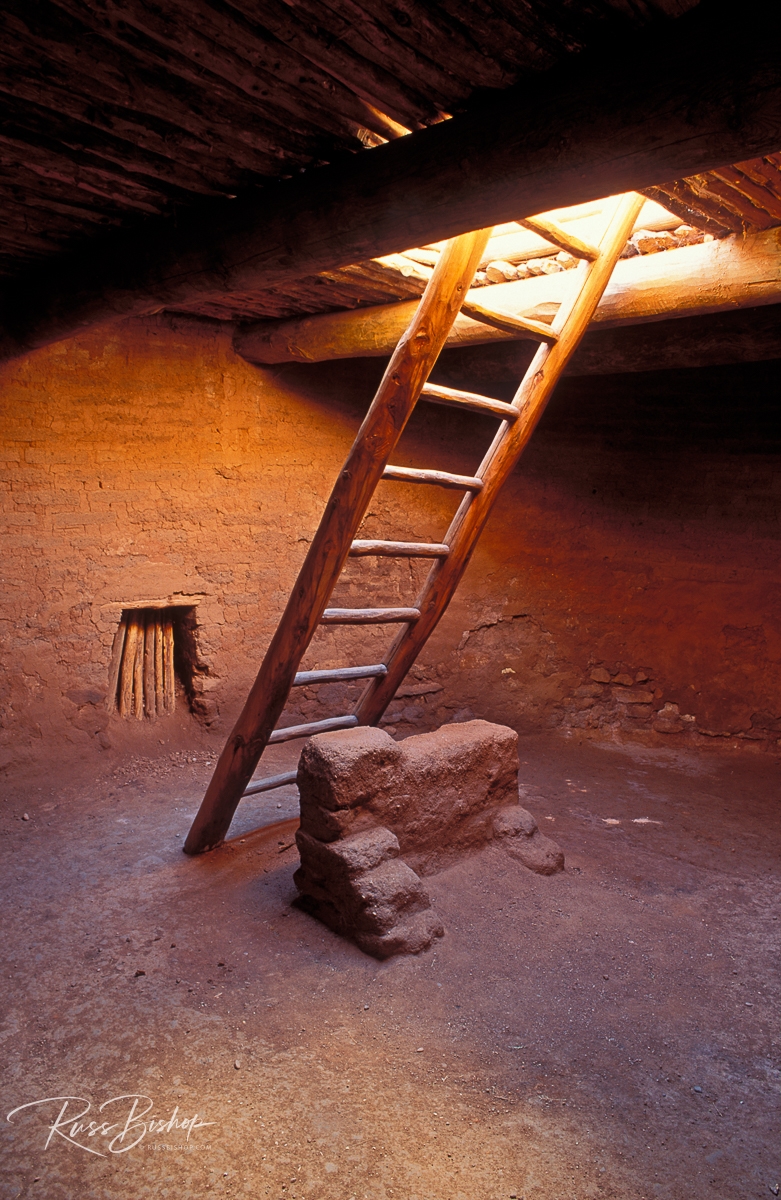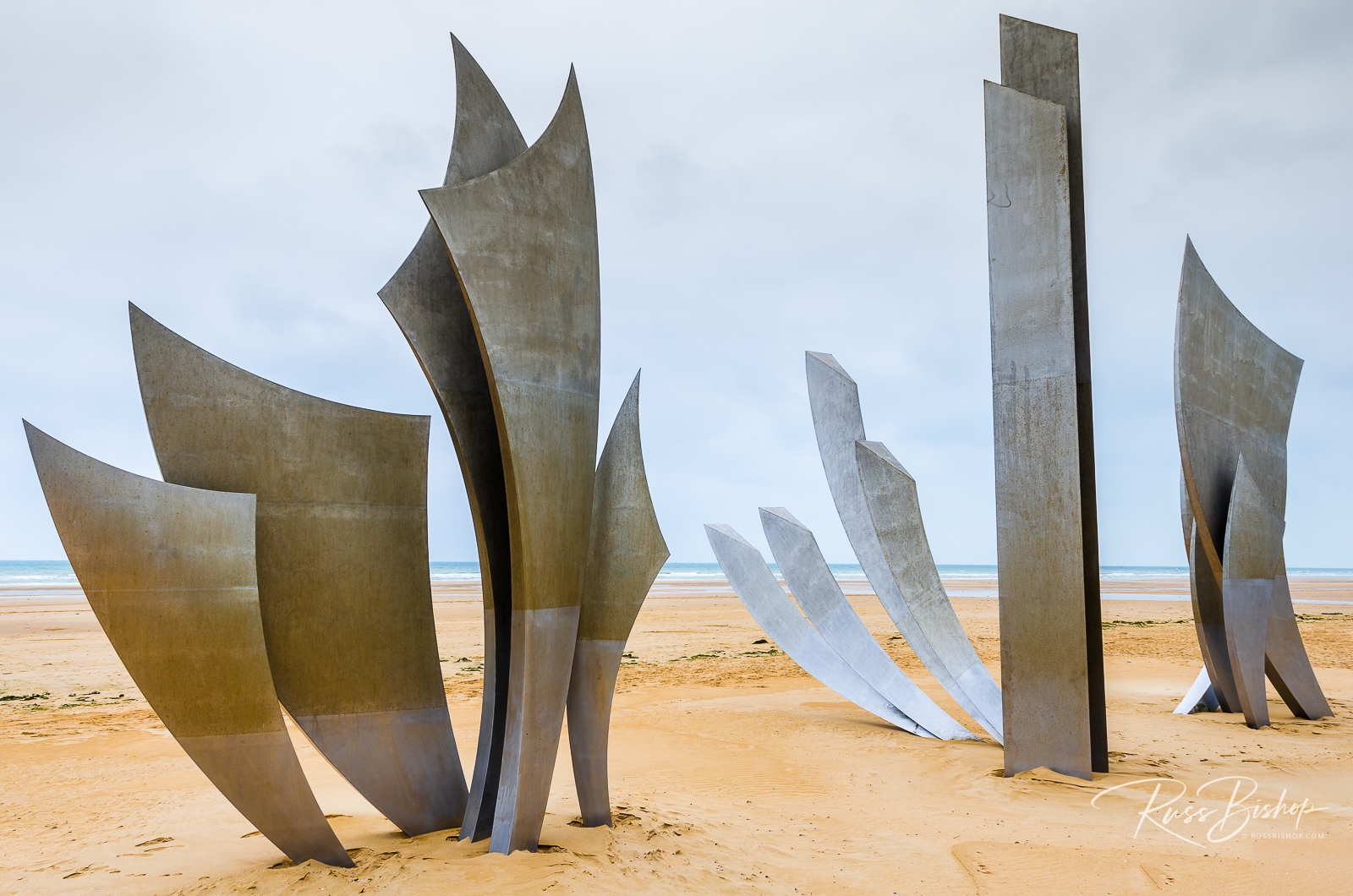
Nestled in the lower slopes of the Sangre de Cristo Mountains 25 miles southeast of Santa Fe, Pecos National Historic Park encompasses the remains of one of the largest and most influential Native American pueblos in the region. Long before Coronado and Spanish influence arrived in 1540, this pueblo village was the major confluence of trade between the people of the Rio Grande Valley and the hunting tribes of the buffalo plains.
The rich mixture of history and culture at Pecos also includes the Santa Fe Trail and the Civil War Battle ground at Glorieta Pass, where the Confederacy’s last hopes of taking the goldfields of Colorado and California vanished. Today the park is far enough from the interstate and the bustle of Santa Fe that the only sound is the wind whispering through its adobe walls like spirits from the past.
It’s easy to forget that for centuries this was a major crossroads of North America and with over 12, 000 years of history preserved, it really is one of the hidden gems of the National Park System.
©Russ Bishop/All Rights Reserved


